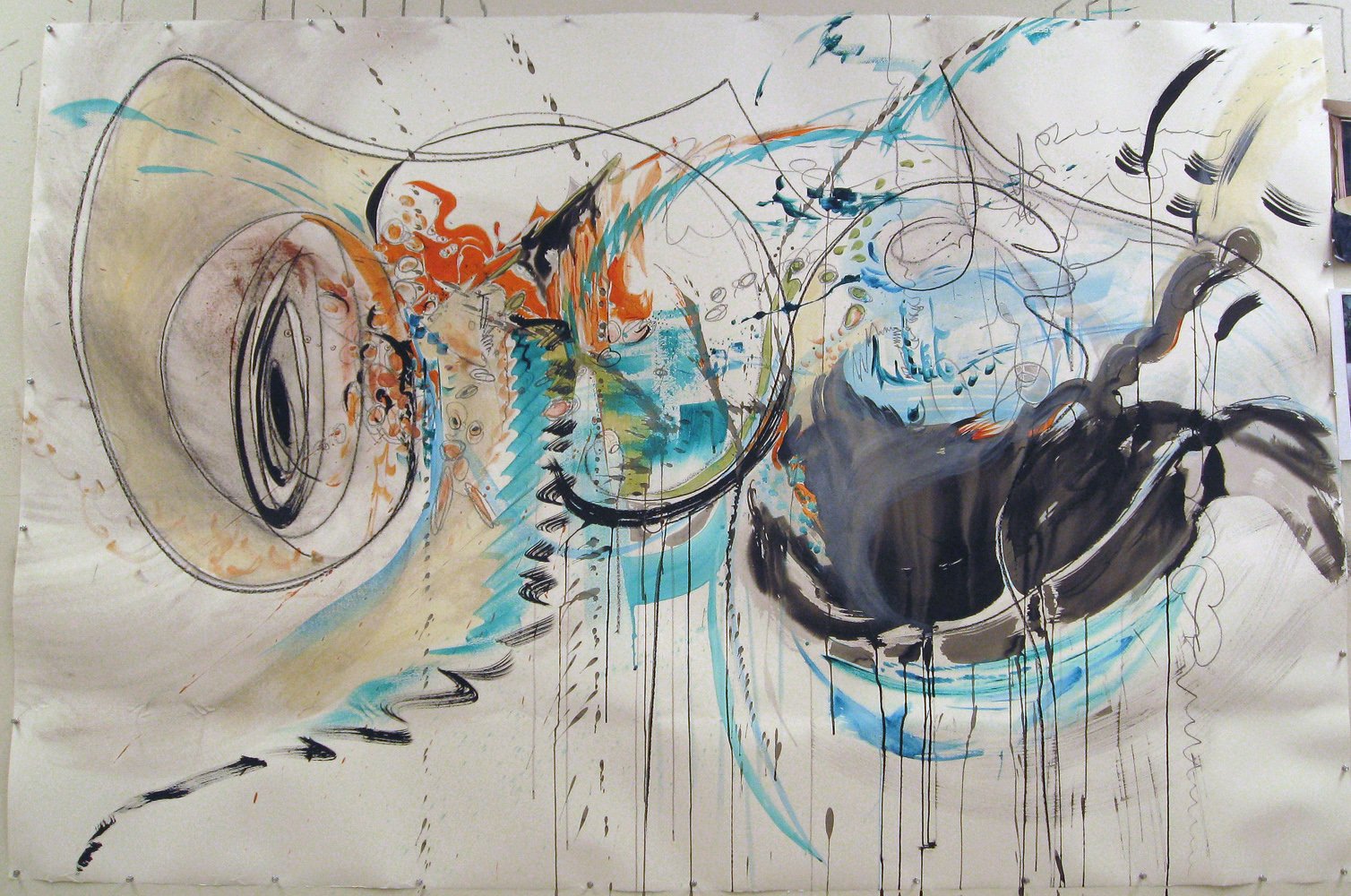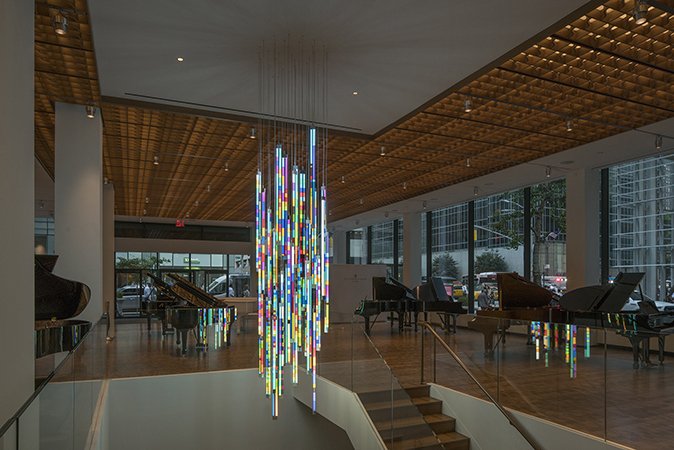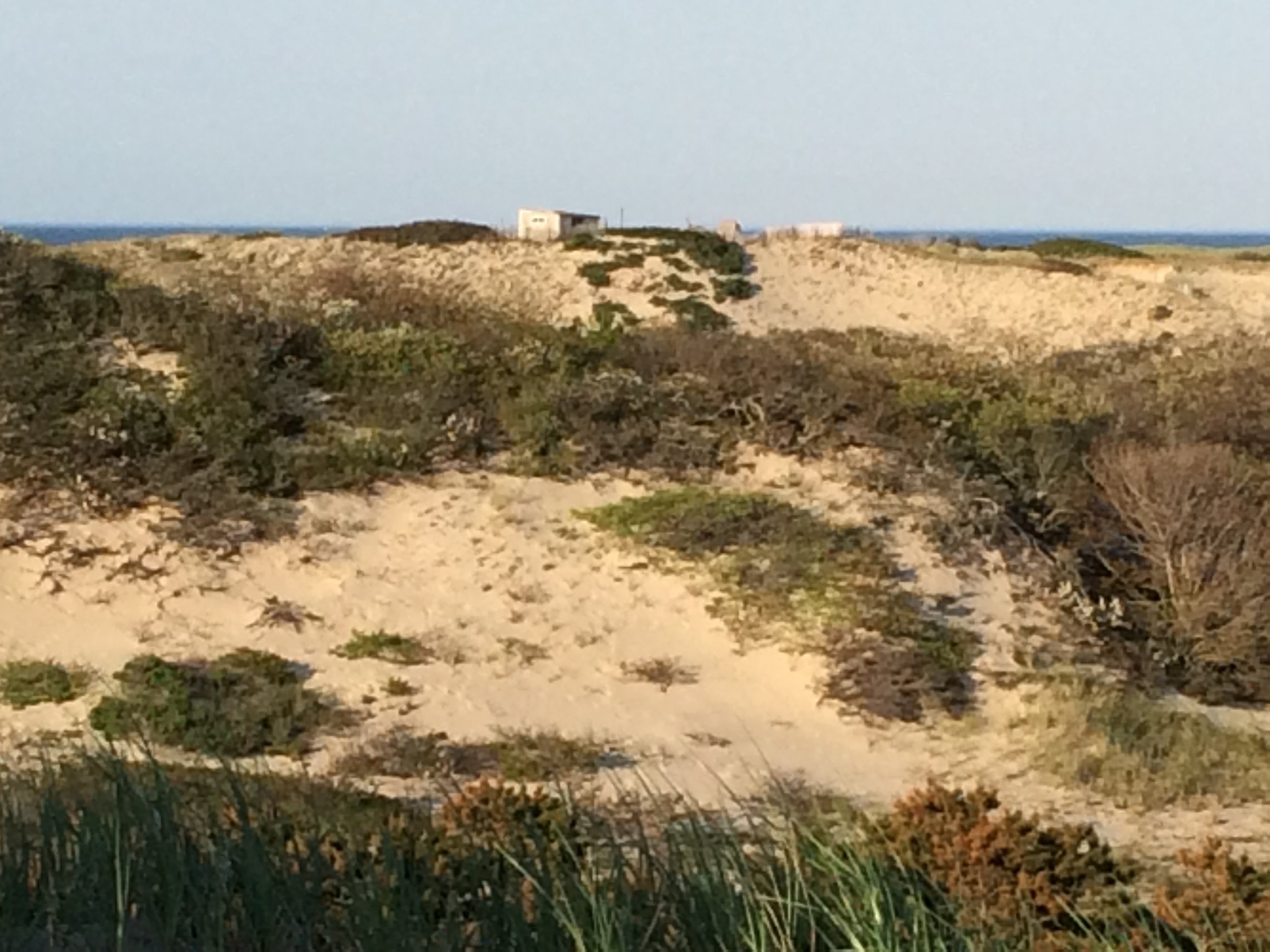Pursuit of an Idea
For anyone just coming to my blog for the first time, you can find all of the previous blogs in this series starting at the bottom of this group of stories.
In my last blog, I explored the idea of what got me started on this journey. I also delved into some of my materials and why I choose them. This blog will go into more of the music and the environment that created fertile ground for exploration of the Visual Interpretation of Contemporary Music.
After I got home from my Vermont Studio Center Residency, I got a call from a dear musician friend of mine. He knew of my interest in the connection between music and image making. After a lengthy discussion about what creative possibilities this could have, he told me about a piece of chamber music that he and fellow wind players had recorded. It was Paul Hindemith’s Wind Quintet_Kleine Kammermusik op 24 no. 2.
John felt that I would respond to the mark-making quality of the piece. I took the CD home and promised to listen to it. Putting it on the shelf in my studio, I intended to “get to it later”.
One day when I was packing some of my art supplies for my yearly trek to spend the winter at my West Coast studio, I came across the Hindemith CD. Well, the rest is history for the Hindemith.
Upon arriving at my place in the Golden State, I promptly started working with Paul Hindemith.
West Coast Studio
As I started the drawing, I found it physically and emotionally invigorating. I saw it as a large piece of music so decided to work large (42” x 90”). Physically, I threw myself into the work, drawing with my whole body. The music enveloped me in its staccato’s, its dancing melody, mellow sounds of the winds slightly odd/abstract sounds, and titillating trills. I found myself dancing as I put the charcoal and graphite to paper. What a new and exciting experience!
Mary Ince_artist
Hindemith Wind Quintet
Thus, began my immersion into the realm of marrying sound and touch_music and drawing. I was mesmerized.
After my experience creating the Hindemith piece, I explored many different artists who were responding to music as I was. One such artist I found fascinating, was Spencer Fitch. He had done many grid type pieces just like I would end up doing at a later residencies.
Spencer Finch
NEWTON’S THEORY OF COLOR AND MUSIC (GOLDBERG VARIATIONS.
Fluorescent fixtures and filters. Installed at the Steinway & Sons Manhattan show room. This installation draws upon the visual spectrum as set down by Isaac Newton, who assigned colors to each note of the chromatic scale. The first few measures of each movement of J.S. Bach’s Goldberg Variations are translated into a series of colored bars, each of which is illuminated along one of the thirty-two hanging fluorescent double fixtures.
I read books on artists, and their personal accounts. I did a lot of listening to music. I found that I responded to certain types of music more than others; and, didn’t respond at all to others. I homed in on contemporary chamber music. It might have been because of its easy access to the individual instruments. That is where I clearly saw and felt my marks.
Details: Auerbach
It was about that time that I started wondering_ what was the antithesis of sound__silence. I searched for places where I could find that silence. I wanted the challenge of drawing it. The outer Cape Cod seemed to be the perfect place to do this.
My next blog will go a little deeper into the magic of the Provincetown Dunes; and, the residency that was a result of the time I spent searching for silence…







